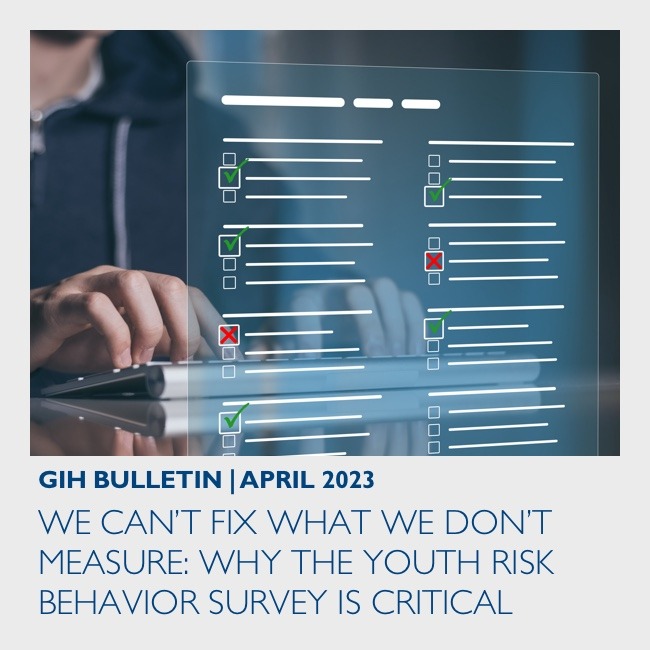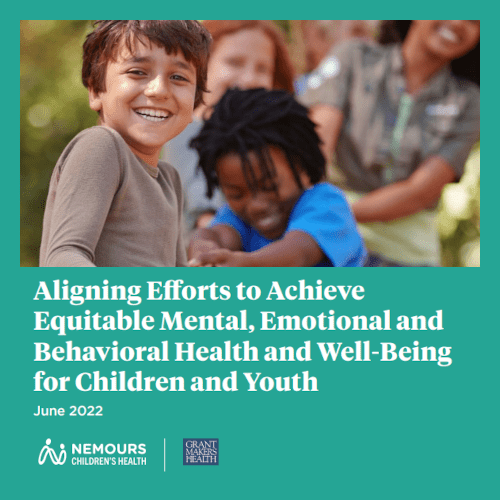Funder Approaches to Addressing the Critical Connection Between Youth Mental Wellness and Financial Wellness
Curious about the connection between mental well-being and financial security during adolescence and young adulthood?
According to the National Alliance on Mental Illness, most mental health conditions are diagnosed during the same life stage when young people are building the skills and accessing opportunities that shape their financial futures. Mental and financial well-being are deeply interconnected—each influences and reinforces the other.
When young people experience mental wellness, they’re better equipped to manage money, handle stress, make informed decisions, and seek help when needed. At the same time, financial security reduces one of the most common sources of stress that can contribute to anxiety, depression, and other mental health challenges. Yet, despite these strong linkages, funders often treat mental health and financial well-being as separate priorities.
GIH Bulletin: April 2023
In 2021, 1 in 6 high school students was electronically bullied or bullied at school. That same year, 22 percent of high school students, and 45 percent of students who identified as LGBTQ+, seriously considered attempting suicide. We know this information because of the Youth Risk Behavior Survey, which along with other state and local surveys, comprises the Youth Risk Behavior Surveillance System.
Rural Investment Models for Substance Use Disorder Recovery Ecosystems
Grantmakers In Health and New York Funders Alliance explored funding models that boost multi-sector support systems for people in recovery from substance use disorders in rural communities.
Advancing State Data Collection on Opioid Treatment
This webinar learned about a national initiative launched by the Pew Charitable Trusts that offers states a core set of metrics to track opioid treatment access and use. Presenters described how better data collection can target critically needed progress and discuss the role philanthropy can play in these efforts.
Building an Integrated Behavioral Health Workforce for Children and Families
Participants explored multi-year initiatives that build the capacity of community health centers to deliver high-quality, evidence-informed, trauma-responsive, integrated behavioral health care to children and adolescents.



